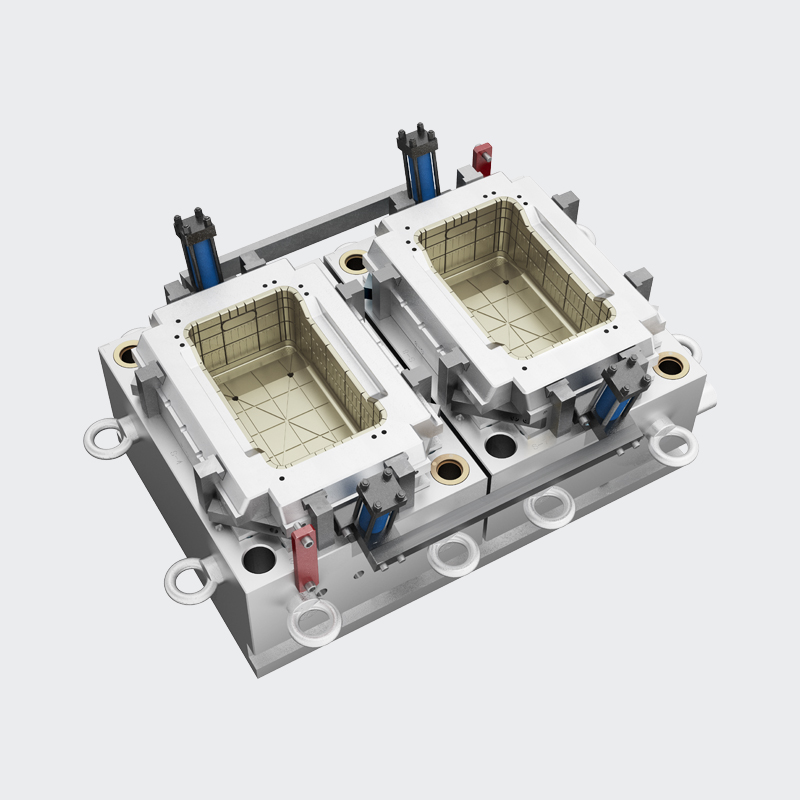1、 By process property (1) The material is separated by […]
1、 By process property
(1) The material is separated by the blanking die along the closed or open contour. Such as blanking die, punching die, cutting die, cutting die, cutting die, cutting die and so on.
(2) The bending die makes the blank or other blank produce bending deformation along the straight line (bending curve), so as to obtain a certain angle and shape of the workpiece mold.
(3) Drawing die is a die which can make blank into open hollow part or make hollow part change shape and size further.
(4) The forming die is a kind of die which can directly copy the blank or semi-finished workpiece according to the shape of the punch and the die, while the material itself only produces local plastic deformation. Such as bulging die, necking die, expanding die, rolling forming die, flanging die, shaping die, etc.
2、 By process combination
(1) Single process die in a press stroke, only one stamping process of the die.
(2) The compound die has only one working position. In one stroke of the press, two or more stamping processes are completed at the same working position at the same time.
(3) Progressive die (also called continuous die) has two or more working positions in the feeding direction of the blank. In one stroke of the press, two or more stamping processes are completed on different working positions one by one.
Extended data:
1、 Mold accessories
Die spring is one of the key parts in die parts.
Mold spring includes: Japanese standard mold spring, German standard mold spring, spring, polyurethane spring, usually mold spring refers to rectangular mold spring.
Die spring is widely used in stamping die, metal die-casting die, plastic mold and other elastic motion precision mechanical equipment, automobile and other fields.
The die spring is generally made of chromium alloy steel. Chromium alloy spring steel has the characteristics of high temperature resistance, high rigidity and long service life.
Rectangular die spring has the characteristics of small volume, good elasticity, large rigidity, high precision, rectangular material, color separation spraying (plating) on the surface to distinguish different loads, beautiful appearance, etc.
2、 Mold design
1. Discuss the direction of material (product material, mold material).
2. Gap size of concave convex die.
3. Position and quantity of guide pin are sufficient.
4. Whether to consider the rebound of waste materials and whether the discharging is smooth.
5. Whether the monitor and waste rebound sensor are designed.
6. The selection of locating plate and floating pin is appropriate.
7. Whether the number, size and location of bolts (including discharge bolts) are appropriate.
8. Consider the cutting force, choose the punch.
